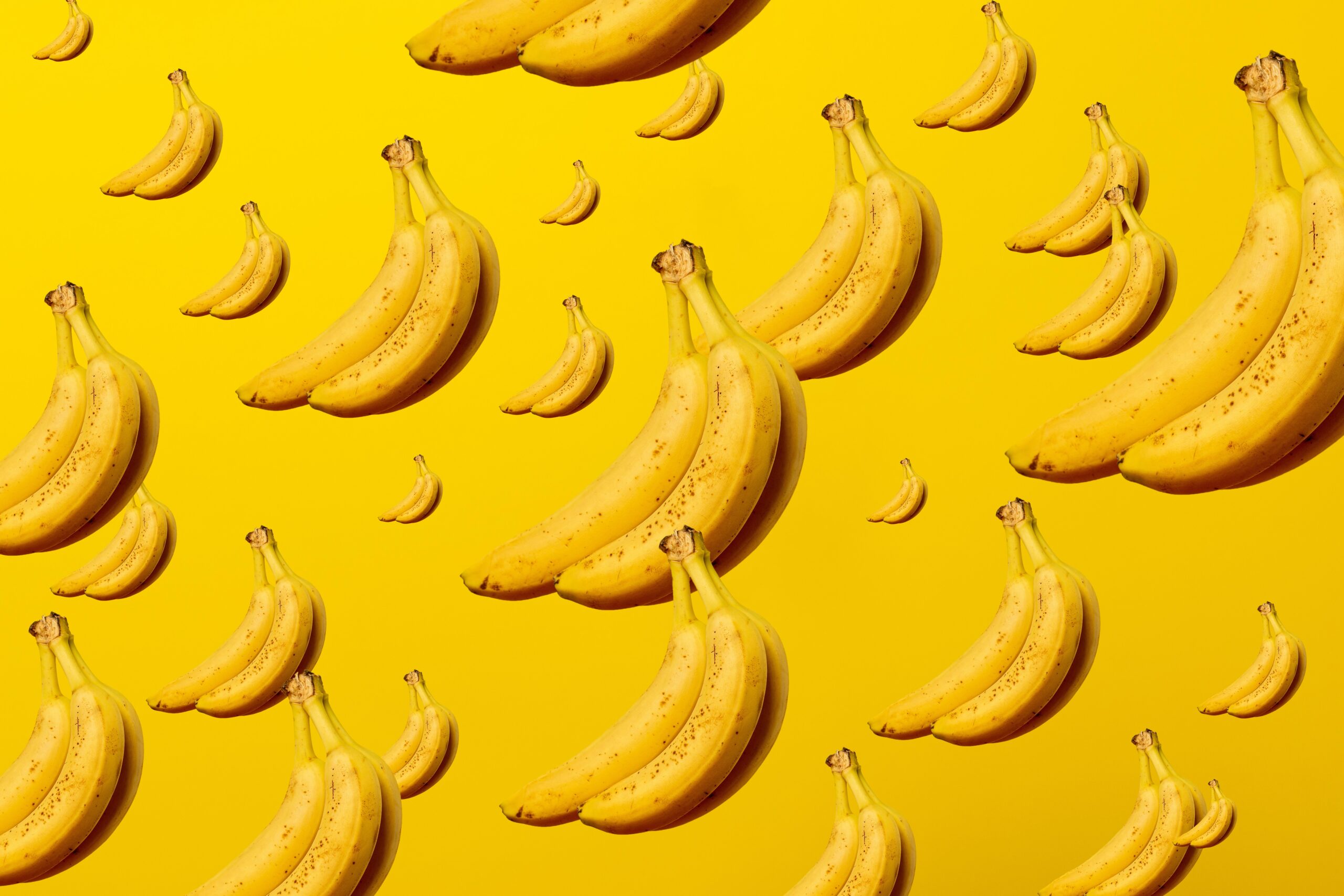
The Surprisingly Dark History (and Doomed Future) of Bananas
- EducationSafety , SecurityShoppingWellness
- April 11, 2023
- No Comment
Bananas are a staple fruit in many parts of the world. They are sweet, nutritious, and easy to eat. But did you know that the history of bananas is surprisingly dark? And that their future is also in jeopardy. In this blog post, we will explore the history of bananas, their current state, and what we can do to save them.

The History of Bananas
Bananas have been around for a long time. They are believed to have originated in Southeast Asia and were first domesticated in Papua New Guinea around 7,000 years ago. From there, they spread throughout the world, with the help of traders and explorers.
In the 1800s, bananas became a popular fruit in the United States. They were cheap, easy to transport, and had a long shelf life. This made them a favorite among consumers, and soon, banana plantations were established across Central America.
However, the history of bananas is not all sunshine and rainbows. In fact, it is quite dark. The banana industry has a long history of exploitation, violence, and environmental destruction.
The Dark Side of Bananas
The banana industry has been plagued by labor abuses for over a century. Workers on banana plantations are often paid very little and are forced to work long hours in dangerous conditions. They are also exposed to harmful pesticides and other chemicals.
In addition to labor abuses, the banana industry has also been linked to violence. In the early 1900s, the United Fruit Company (now known as Chiquita Brands International) had a monopoly on the banana trade in Central America. The company used its power to control governments and crush labor unions. It even went as far as to hire mercenaries to overthrow governments that were not favorable to its interests.
The environmental impact of banana plantations is also significant. The monoculture of bananas has led to the depletion of soil nutrients, the loss of biodiversity, and the contamination of water sources.
The Doomed Future of Bananas
The future of bananas is not looking good. The most popular variety of bananas, the Cavendish, is facing a serious threat from a disease called Panama disease. This disease is caused by a fungus that attacks the roots of banana plants, and it has already wiped out entire plantations in Asia and Africa.
The Cavendish banana is particularly vulnerable to Panama disease because it is a monoculture. This means that all Cavendish bananas are genetically identical, making them more susceptible to diseases and pests.
If the Cavendish banana were to disappear, it would have a devastating impact on the banana industry. The Cavendish accounts for 99% of all exported bananas and is worth billions of dollars each year.
What Can We Do?
The problems facing the banana industry are complex, but there are things that we can do to help.
Firstly, we can support fair trade bananas. Fairtrade bananas are grown by farmers who are paid a fair price for their work, and who are not exposed to harmful chemicals. By buying fair-trade bananas, we can help support sustainable agriculture and fair labor practices.
Secondly, we can support efforts to diversify banana crops. By growing different varieties of bananas, farmers can reduce their reliance on monoculture, and make their crops more resilient to diseases and pests.
Finally, we can support research into new varieties of bananas that are resistant to Panama disease. Scientists are currently working on developing new varieties of bananas that are resistant to the disease. By supporting this research, we can help ensure that bananas have a future.
In conclusion, the history of bananas is a dark one, but there is hope for the future. By supporting fair trade bananas, diversifying banana crops, and supporting research into new varieties of bananas, we can help ensure that this beloved fruit has a future.







